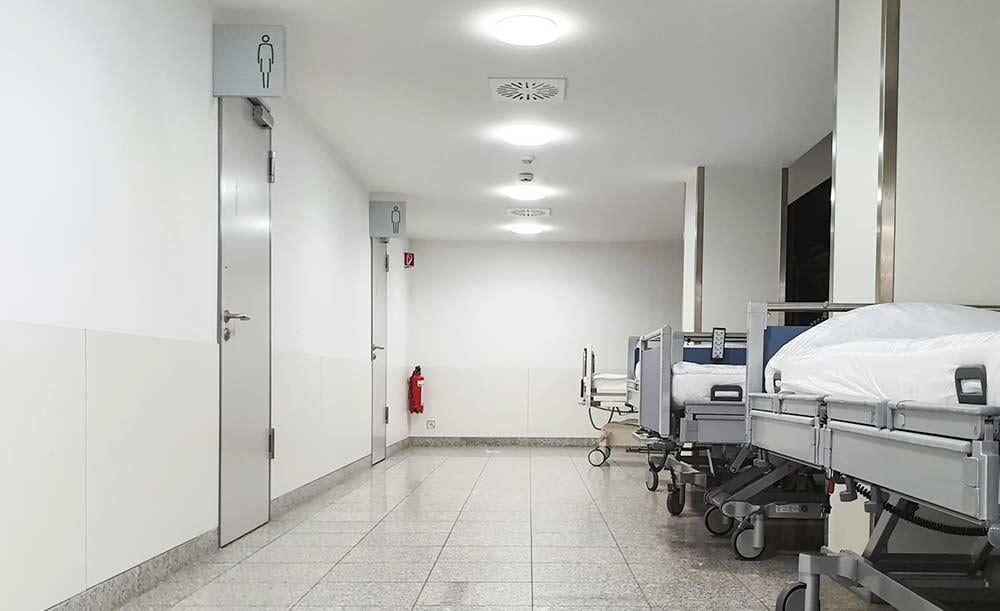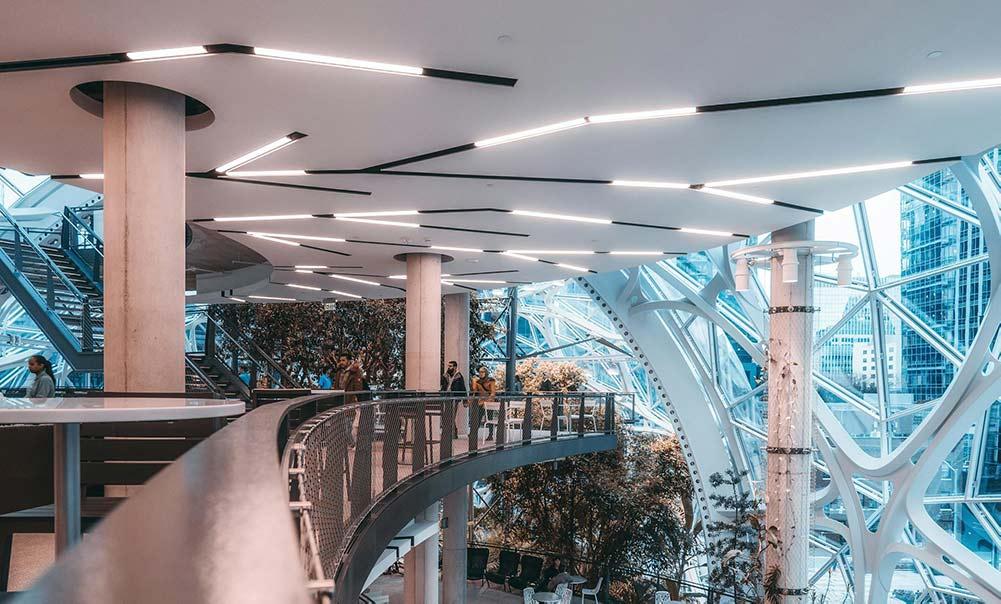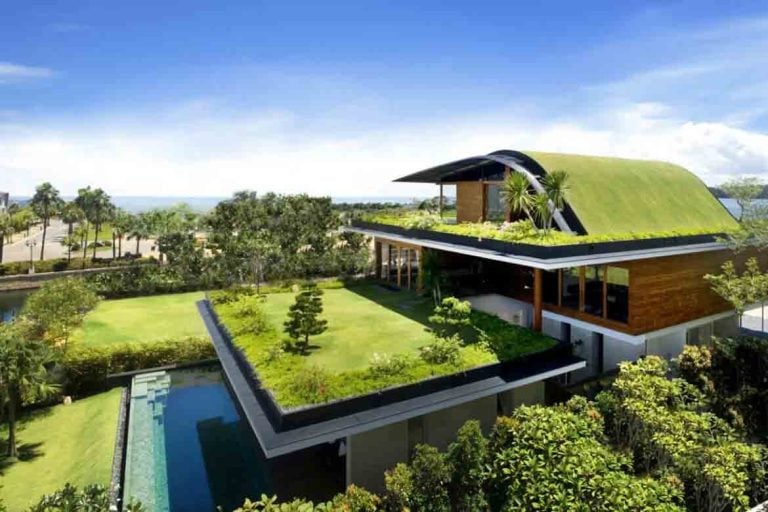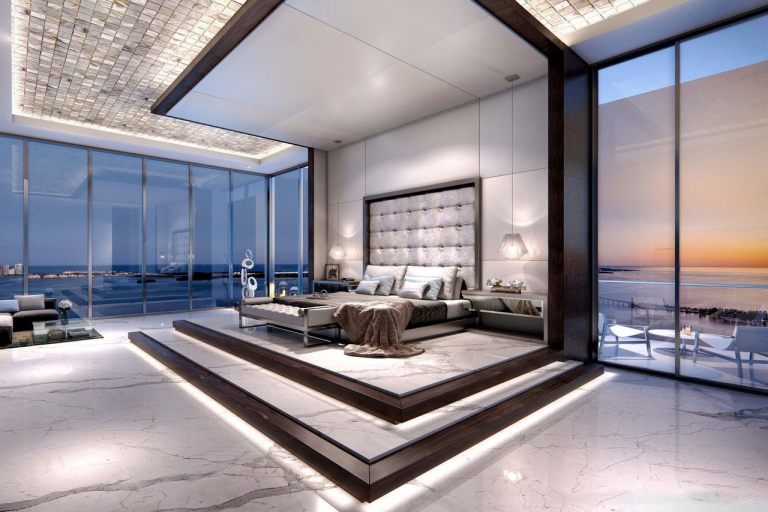Intelligent Lighting Design in Commercial Spaces
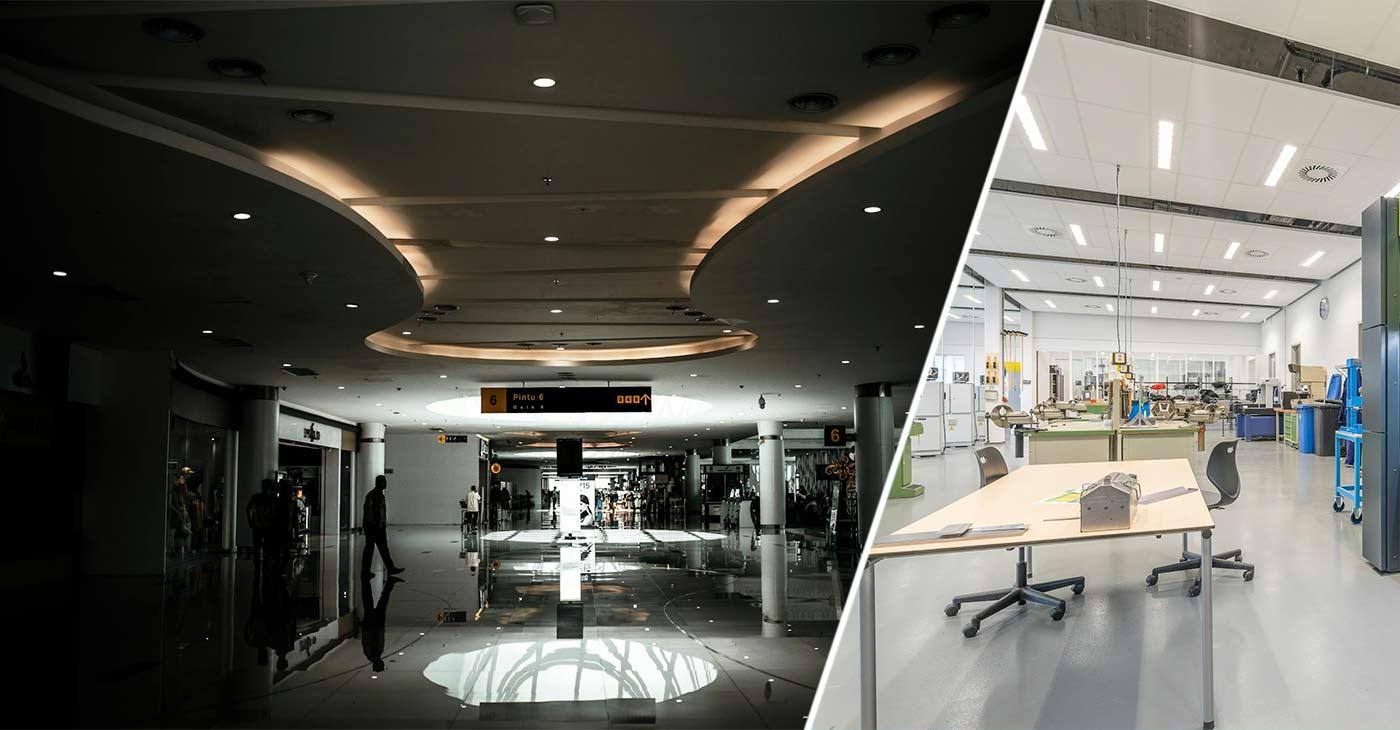
Table of Contents
In the present developing business scene, intelligent lighting design in commercial spaces is going through a change filled by headways in innovation. One region that has seen huge development is the lighting plan. Intelligent lighting configuration, portrayed by its capacity to adjust, connect, and streamline energy utilization, is changing business conditions.
From workplaces and retail locations to hospitality venues and medical offices, intelligent lighting is reshaping business spaces by improving their style and usefulness. From cutting-edge sensors to dynamic controls and seamless integration with building frameworks, smart lighting configuration is changing business conditions in significant ways.
Intelligent Lighting Design
These lighting configuration coordinates modern innovations to make lighting frameworks that are dynamic, responsive, and energy-productive. At its center, wise lighting depends on sensors, regulators, and organization networks to accumulate information, break down designs, and change lighting conditions likewise.
These frameworks can answer various stimuli, for example, inhabitance, light levels, client inclinations, and season of day, offering unmatched adaptability and command over illumination.
Ambient Lighting Systems
Ambient lighting systems give by and large brightening to a space, improving its environment and usefulness. Unlike task lighting, which centers around unambiguous exercises, ambient lighting makes a general degree of splendor that enlightens the whole region evenly.
These frameworks frequently use apparatuses like recessed lights, wall sconces, and pendant lights to convey light consistently all through the space. By supplementing regular light and filling in shadows, ambient lighting further develops visibility and establishes an inviting climate for tenants.
Ambient lighting frameworks can be custom-fitted to suit different aesthetic inclinations and practical prerequisites. Dimmers, a variety of temperature controls, and drafting methods take into consideration customization, empowering clients to change the power, variety, and distribution of light to suit various exercises and states of mind.
Whether in homes, workplaces, or public spaces, ambient lighting plays a key part in molding the general mood and upgrading the solace and ease of the climate.
Smart IoT lighting solutions
IoT lighting arrangements revolutionize how lighting frameworks are controlled, observed, and improved. These intelligent lighting designs help interface individual light installations to an organization, these arrangements empower remote access, information assortment, and intelligent automation.
Clients have some control over lighting settings, like brilliance and variety, from their cell phones or computers, taking into account customized and dynamic enlightenment encounters. Also, IoT lighting solutions consolidate sensors to accumulate continuous information on inhabitants, daylight levels, and energy use.
This information is examined to advance lighting tasks, changing brilliance levels because of occupancy patterns and natural light accessibility. By executing prescient upkeep calculations, these frameworks can likewise distinguish expected issues before they happen, limiting margin time and lessening support costs.
Generally, IoT lighting arrangements offer unrivaled adaptability, effectiveness, and accommodation. Whether in business, private, or public settings, they engage clients to make shrewd, responsive, and energy-effective lighting conditions customized to their particular requirements and inclinations.
The Parameters of The Systems Behind Intelligent Lighting Design
Sensor-Driven Lighting
Sensor-driven lighting uses progressed sensors to recognize inhabitants, movement, sunlight levels, and other ecological elements, empowering robotized changes by lighting conditions.
By keenly answering changes in the general climate, sensor-driven lighting frameworks upgrade energy utilization, improve tenant solace, and add to productivity. These frameworks are regularly utilized in commercial spaces to give versatile brightening, working on both usefulness and maintainability.
Dynamic Lighting Control
Dynamic lighting control enables clients to change lighting settings continuously, taking into account adaptable and responsive enlightenment. Through modern intelligent lighting design control interfaces, clients can change brightness levels, color temperatures, and lighting scenes to suit different errands, inclinations, and natural circumstances.
Whether in business spaces, accommodation scenes, or private settings, dynamic lighting control improves mood, efficiency, and energy proficiency. By giving adaptability and flexibility, these frameworks change lighting into a dynamic and fundamental part of modern spaces.
Connected Lighting Networks
Connected lighting networks incorporate individual lighting installations into a centralized framework, empowering consistent correspondence and control. These organizations influence wired or remote networks to synchronize lighting activities, screen execution, and carry out robotized changes.
By interfacing lighting fixtures, sensors, and control gadgets, organizations can establish insightful conditions that upgrade energy utilization, improve tenant solace, and smooth out upkeep. Associated lighting networks address a groundbreaking way to deal with lighting configuration, offering versatility, adaptability, and productivity for a great many applications.

Benefits of Using Intelligent Lighting Design in Commercial Spaces
Energy-Efficient Lighting
One of the main benefits of intelligent lighting design is its capacity to enhance energy utilization. By automatically changing light levels because of inhabitants and regular light accessibility, intelligent lighting frameworks can decrease energy utilization fundamentally, bringing about lower service bills and natural advantages. Read more at Nordic Industry.
Adaptive Lighting Technology
Proper lighting plays an essential part in establishing agreeable and useful workplaces. Intelligent lighting frameworks can progressively adjust to the changing requirements of inhabitants, giving ideal enlightenment levels that advance focus, diminish eye strain, and upgrade general prosperity.
Programmable Lighting
Intelligent lighting configuration offers unmatched adaptability and customization choices. Whether it is changing light tones to match branding rules, making different lighting scenes for different exercises, or booking lighting presets for various times, clients have the opportunity to fit lighting settings to suit specific preferences and requirements.
Remote Lighting Management
Lighting is essential to ensure the well-being and security of business spaces. Smart lighting frameworks can improve safety by enlightening pathways, emergency exits, and expected dangers. In addition, high-level elements, for example, motion detection and remote monitoring improve security by deterring unauthorized access and working with timely responses to security dangers.
Sustainable Lighting Design
With a growing emphasis on manageability and ecological obligation, intelligent lighting design lines up with green structure drives and administrative requirements. By diminishing energy utilization and fossil fuel byproducts, organizations can exhibit their commitment to sustainability while possibly fitting the bill for incentives and certifications like LEED (Leadership in Energy and Environmental Design).
Environmentally Conscious Lighting
Environmentally conscious lighting focuses on supportability and energy proficiency in design and activity. Using LED innovation, daylight harvesting, and high-level controls, these lighting solutions limit energy utilization and lessen fossil fuel byproducts.
By optimizing light output, reducing light contamination, and advancing responsible light utilization, environmentally conscious lighting upholds green structure drives and administrative consistency. Past energy reserve funds, add to a better climate and show a guarantee to natural stewardship in business, private, and public spaces alike.
Motion-Sensing Lighting
Motion-sensing lighting uses sensors to distinguish development inside an assigned region, setting off the initiation of lights. These sensors can distinguish even inconspicuous developments, for example, strolling or hand signals, empowering programmed light upon recognition.
Generally utilized in outdoor security lighting, lobbies, and bathrooms, motion-sensing lighting upgrades safety, security, and energy proficiency by illuminating spaces just when required. By lessening pointless energy utilization and giving advantageous activity, motion-sensing lighting offers both functional and natural advantages.
Intelligent Lighting Design Applications in Different Environments
Offices
Intelligent lighting frameworks are progressively being sent in office spaces to establish versatile workplaces that take care of the different necessities of representatives. From open-plan workstations to private workplaces and meeting rooms, dynamic lighting solutions can adjust to accommodate various tasks, inclinations, and inhabitants levels, cultivating efficiency and worker fulfillment.
Retail stores
Lighting plays a pivotal part in molding the shopping experience and impacting buyer conduct. Smart lighting configuration in retail spaces centers around featuring stock, creating ambiance, and guiding customers through the store. By utilizing elements, for example, color-changing LEDs, highlighting, and intelligent showcases, retailers can upgrade the visual allure of their items and drive sales.
Hospitality Venues
Hotels, cafés, and amusement venues depend on lighting to create inviting atmospheres that improve visitor encounters. Intelligent lighting design in hospitality settings can adjust to various states of mind, occasions, and seasons of day, establishing essential conditions that have an enduring impact on benefactors. From welcoming entryways to dining areas and lively nightlife spaces, dynamic lighting design makes way for memorable moments.
Healthcare Facilities
Lighting plays a basic part in healthcare conditions, impacting patient solace, staff efficiency, and clinical results. Smart lighting frameworks in medical offices focus on patient well-being by giving customizable lighting levels, circadian rhythm support, and glare reduction. Furthermore, lighting controls assist with improving energy use in regions like patient rooms, passages, and surgical suites, adding to functional effectiveness and cost savings.
Challenges and Considerations in Smart Lighting
While intelligent lighting configuration offers various advantages, its execution in commercial spaces is not without challenges. The most common challenge is the upfront cost and expense of introducing smart lighting frameworks might deter a few organizations, particularly small enterprises, from embracing these innovations.
Incorporating insightful lighting frameworks with existing foundations and building the board frameworks can be complex, requiring cautious preparation and coordination. Like any innovation-driven arrangement, intelligent lighting design requires ordinary upkeep and support to guarantee ideal execution and dependability.
Successful arrangement of smart lighting frameworks relies upon client reception and commitment. Providing thorough preparation and continuous help to building inhabitants, office directors, and support staff is fundamental for maximizing the advantages of these advancements.
Summary – Intelligent Lighting Design in Commercial Spaces
Intelligent lighting design addresses a change in perspective on how commercial spaces are enlightened and managed. By utilizing cutting-edge innovations like sensors, controls, and availability, organizations can make dynamic, energy-proficient conditions that improve solace, efficiency, and supportability.
From workplaces and retail locations to hospitality venues and healthcare facilities, intelligent lighting frameworks offer a bunch of advantages, going from energy savings and operational efficiency to improved occupant satisfaction. As the interest in smart building solutions keeps on developing, intelligent lighting configuration is ready to assume an undeniably crucial part in molding the fate of commercial spaces.

